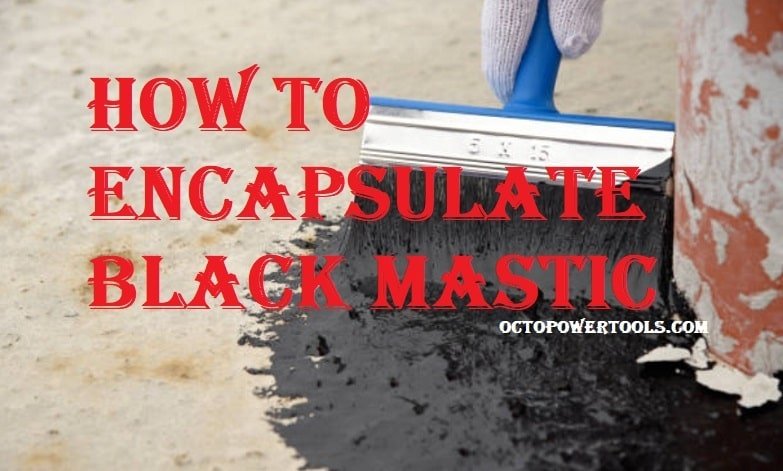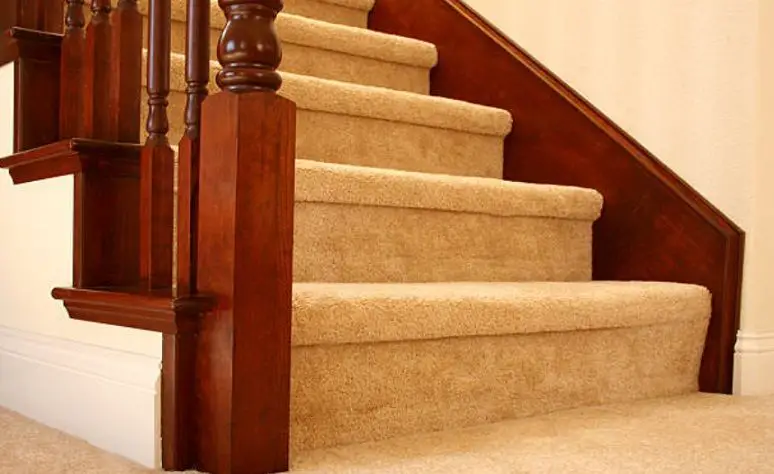A traditional milling machine, also called a manual milling machine, is a machine which can construct all kinds of parts. The table feed is usually controlled manually by an operator.
This kind of milling machine is specifically handy if you require a machine tool for unit production, small series production or reworking parts. They are very economical friendly compared to CNC milling machines that have digital control.
There are various types of tool fastenings for milling machines. When you have made your choice, you will need to buy tools according to the type of milling machine you have.
Read more on a Best milling machine review
What Kind OF Milling Machine Do You Need?
Modern milling machines are divided into two basic types: horizontal and vertical. Which regulate whether the machine’s spindle axis runs up and down, or side to side. Both types of machine will often have heads, columns, and tables that tilt or swivel, which means both kinds can be used for a lot of the same chores. Nevertheless, certain works will be much easier on one machine than the other.
The dissimilarity between the machines, in practice, is more definite than just which way they’re adapting. A vertical machine will have the table mounted perpendicular to the spindle’s zero-tilt position, while a horizontal machine will have the spindle mounted parallel to the plane of the table. This announces an elemental distinctness in what kinds of works are practical on each kind of machine.
A horizontal milling machine’s core strength is overarm, which restrain the rotating arbor on two sides. This gives it unimaginable rigidity and grants the machinist to take very heavy cuts that would introduce more side load then a vertical machine could handle. The firmness is so high that it’s entirely possible to stack multiple cutters on the arbor in order to cut, for example, a flat table with slots all in a single pass. This generates it well suitable to surfacing works, cutting grooves and slots, and akin tasks where the part is flat in one axis.
The downside, of course, is that it’s much more burdensome to make parts that have cuts in all axes. This is where a vertical milling machine excels: in versatility. You’d be hard-pressed to find a work that a vertical mill can’t do — though it’s sometimes a lot more time-consuming than a horizontal mill, rely upon on the part geometry.
Now that you know the disparity, you probably already find out which one you truly want. But, just in case, I’ll say that you almost certainly want a vertical mill. Horizontal mills are great for a small portion of chores, but those are also tasks that most hobbyists won’t often perform. The variety of a vertical mill lends itself well to the varied and diverse tasks that hobbyists lean towards, in contrast to the specialty production work horizontal mills are usually used for.
Vertical Mill characteristic that matter
Hopefully, you’ve got that a vertical mill is the best option for you, otherwise, this section isn’t going to be very beneficial. Estimating you have decided on a vertical mill, you’re probably inquisitive about which characteristics to look for, and are wondering what actually matters. Covering almost every detail on the subject would take space like an entire book, but we’re going to go over some of the most important things to consider.
Should you purchase a brand name?
This is the most common question that drives a lot of buying decisions, and milling machines are no different. So, does it matter if it’s a brand or not? Yes and no. Milling machines have been around for a long time, and they’re really aren’t any trade secrets when it comes to their construction. It’s a well-known fact what makes a good machine, and what doesn’t. Theoretically then, any manufacturer can follow these design principles and make a high-quality tool.
In reality, unfortunately, doesn’t level up to that promise. There are two reasons for this: manufacturing quality and cost. In order to keeps costs down, many manufacturers will cut corners. They might use low-quality materials, underpowered motors, and so on. Even if the manufacturer isn’t purposefully cutting corners, it’s entirely possible that they might just be incapable of high-quality manufacturing. Poorly made lead screws, imprecise machining, and loose tolerances can all leave you with a mill that is frustrating to use and which can’t hold tolerable precision.
Therefore, it’s the best idea to purchase a proven machine. Usually, that means going with a respected brand. But, some less costly brands still produce quality machines. They may have fewer characteristics, or less robust motors, but could be enough for your needs.
Size Matters
Little desktop milling machines can be tempting, but it’s best to avoid them if you’re planning to mill metal. Your milling machine requires to be able to apply that kind of force without flexing at all — even a little bit of flex with ruin any chances of milling a part with respectable tolerances.
For that cause, the frame of the mill needs to be as heavy and rigid as possible. A small desktop machine will almost certainly be unable to mill anything harder than aluminum, and even then it’ll be imprecise. The sensible choice, if you want even moderate precision, is to purchase a mill that’s as large and heavy as you have space for.
DRO and Power Feed
A DRO (digital readout) is a machine that can be added to each axis of a milling machine. Some machines come with them, others have them available as upgrade packages. Kits are often available to retrofit mills that didn’t originally have them as an option as well. A DRO gives you a display that tells you how far you’ve moved the table (or quill), which makes pretty much every operation much accessible.
What about a mill/drill machine?
A mill/drill machine is usually a drill press that has had a 2-axis table strapped onto it. They’re significantly low-costly than true milling machines, but that’s for a reason. They really don’t have the rigidity mandatory for real milling and are really only good for precise hole drilling and very light milling. Other than preserving a little cash, there is no reason to purchase one, as an actual milling machine can certainly drill too.
Start Milling Right Now!
Related Articles on CNC Machine
Best CNC Router for Small Shop
Best Mini Milling Machine Review For Home & Small Shop
How to use and program CNC router
How to make money with a CNC router




